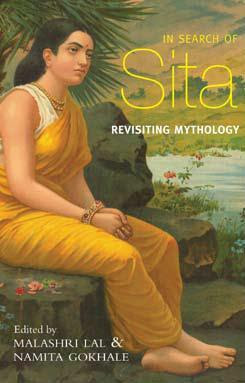
(Published in The Pioneer dated March 17,2010)
Rajesh Singh
196 endangered tongues listed in UNESCO atlas not even recognised in Census
Languages facing danger of extinction provide crucial link to cultural past
Although close to 200 Indian languages that provide a crucial link to our cultural past are in danger of extinction, the Central Government appears to pay only lip service to the cause of their revival.
When the Human Resource Development Ministry’s attention was drawn to the issue through an un-starred query in the Rajya Sabha on March 12, HRD Minister of State D Purandeswari brushed aside the issue saying the endangered languages were not even recognised as ‘languages’ in the Census of India Report, 2001.
In response to the question in the Upper House by RC Singh, the Minister said the UNESCO’s Atlas of World Languages in Danger (2009) had listed 196 Indian languages under various categories of endangerment. “However, all these languages… are not recognised as languages in the Census of India Report, 2001,” the Minister replied.
But, while the Minister stated the Indian languages mentioned in the UNESCO atlas were not recognised in the Census of India Report, 2001, the atlas provides the 2001 Census numbers for many of these languages. For instance, the 2001 Census figure for Deori — a ‘definitely endangered’ language — is 28,000 speakers; Bhadravahi language — again ‘definitely endangered’ — has 66,918 speakers left; another ‘definitely endangered’ language Kinnauri has 65,097 speakers; while Godabov has just 26,262 speakers left in Koraput (Orissa). There are more such languages in the list that carries the 2001 Census figures. If, as the Minister said in Parliament, these were not recognised as languages, why then did Census 2001 engage in collecting data on them?
In a show of magnanimity though, Purandeswari went on to mention that the Mysore-based Central Institute of Indian Languages, which functions under her Ministry, had been documenting and digitally recording several of these periled languages. The CIIL was constituted in 1969 with the primary aim to develop and promote Indian languages.
Nearly a dozen of the endangered Indian languages are of Dravidian origin, Purandeswari informed, adding that CIIL had initiated an array of activities to preserve them. She said that the Centre had “documented/digitally recorded many of these languages. Moreover, it had implemented various programmes on data collection….in which NGOs are involved”.
The atlas was presented on the eve of the International Mother Language Day (February 21), carrying the grim warning that nearly 50 per cent of the world’s 6,500 plus languages were at various levels of criticality.
The Indian languages in the ‘danger zone’ are spread across the country, from the far north in Jammu & Kashmir to Tamil Nadu and Andhra Pradesh and the North-east in Assam and Manipur. In fact, of the five Indian languages already declared extinct by the UNESCO atlas, three — Ahom, Andro and Sengmai — belonged to the North-east, while Rangkas and Tolcha were spoken in Uttarakhand.
If one goes by the Minister’s reply, 11 languages spoken in and around Andhra Pradesh alone are endangered. These are: Gutob, Gondi, Irula, Konda, Kolami, Korwa, Kui, Kurru, Kuvi, Kuruba and Naiki.
Gutob belongs to the Austro-Asiatic family of languages and is spoken in Koraput district of Orissa and Srikakulam and Visakhapatnam districts of Andhra Pradesh. With no authoritative estimates available of the number of speakers — with the Government unconcerned about the statistics — the figure is said to vary between 32,500 and 54,000.
The Gutobs began shifting to the more modern version — the ‘Desiya’ language - some six decades ago. As things stand now, reports estimate that as high as 80 per cent or more have cut their links from their heritage tongue and no longer speak the language.
An observer remarked that the younger generation avoided speaking in Gutob lest they are branded as ‘outdated’.
Similar is the case with Kolami language. Of the 2,00,000 people who speak the central Dravidian languages, Kolami has the largest number of speakers, approximately 1,22,000, and has borrowed heavily from Telugu. Yet the language continues to languish and die for want of patronage.
One language used — though its patronage is rapidly shrinking — in Chhattisgarh and Jharkhand, besides the Dravidian belt, is Korwa. The Korwa-speaking people are tribals who live in the States' forests and hills. They are socially and economically poor (it is estimated that 60 per cent of Korwa people are below the poverty line) and outsiders often look down on them because of this.
Many of these languages sound exotic today, but they will not even be heard of in a few years' time. When that happens, a vital connection of the Indian people with their rich cultural history will be gone forever.
